
Master 3D modeling for film and video games in under 2 years with CG Spectrum. Get personalized career training online from leading 3D artists from major studios, plus career support and access to a vibrant community. Learn more.

| School | City |
|---|---|
| Korea National University of Arts | Seoul |
| Chungkang College of Cultural Industries | Icheon-si |
| Sejong University | Seoui |
| Dongseo University | Busan |
| Hongik University | Seoul |
| Seoul Institute of the Arts | Seoul |
| Yewon Arts University | Imsil County |
| Busan Arts College | Busan |
| Korea Polytechnic IV Asan | Asan |
| Kyonggi University | Suwon |
| Kongju Communication Arts College | Cheongju-si |
| Tongwon College | Gwangju |
| Yuhan College | Bucheon-si |
| Yong-In Songdam College | Yong-In |
South Korea's animation industry, known as "aeni," has evolved from a subcontracted production hub for international studios into a dynamic and influential force in global animation.
Historical Evolution
In the 1960s and 1970s, South Korean studios primarily engaged in subcontracting work for major American networks, producing popular Saturday morning cartoons like Scooby-Doo. By the 1990s, the country was responsible for up to 50% of the world's outsourced animation, solidifying its reputation for technical proficiency and efficiency.
Transition to Original Content
Entering the 21st century, South Korea shifted focus toward creating original animated content. This transition led to the development of globally recognized series such as Pororo the Little Penguin, which debuted in 2003 and has been broadcast in over 130 countries. The success of Pororo exemplifies the industry's capability to produce content that resonates with international audiences.
Current Industry Landscape
As of 2022, South Korea's animation industry reported a sales revenue of approximately 704.3 billion South Korean won, with the production sector contributing the largest share. The industry is experiencing rapid growth, boasting an annual growth rate of 20%. Notably, 80% of the country's animation output is exported, generating over $1 billion in annual export revenue.
Prominent Animation Studios
South Korea is home to numerous esteemed animation studios, including:
Emerging Trends and Challenges
The rise of webtoons—digital comics optimized for smartphones—has significantly influenced the animation industry.Platforms like Naver Webtoon have facilitated the adaptation of popular webtoons into animated series and films, expanding the reach of Korean storytelling.
Despite its successes, the industry faces challenges, including high production costs and the need for localization to cater to diverse markets. Additionally, competition from other countries with emerging animation sectors necessitates continuous innovation and quality enhancement.
Conclusion
South Korea's animation industry has undergone a remarkable transformation, evolving from an outsourcing destination to a creator of original, globally recognized content. With a robust infrastructure of talented studios and a commitment to innovation, South Korea continues to make significant contributions to the global animation landscape.
What are South Korea's animation college options?
South Korea offers a variety of esteemed institutions for students interested in pursuing studies in animation. Here are some notable options:
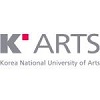
Korea National University of Arts (K-ARTS), Seoul
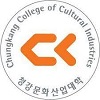
Chungkang College of Cultural Industries, Icheon-si, Gyeonggi Province

Sejong University, Seoui

Dongseo University, Busan

Hongik University, Seoul

Seoul Institute of the Arts, Seoul
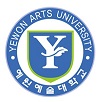
Yewon Arts University, Imsil County, North Jeolla Province
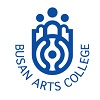
Busan Arts College, Busan
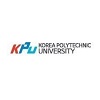
Korea Polytechnic IV Asan, Asan, South Chungcheong Province
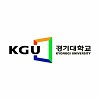
Kyonggi University, Suwon
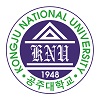
Kongju Communication Arts College, Cheongju-si
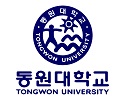
Tongwon College, Gwangju, Gyeonggi Province
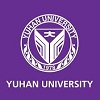
Yuhan College, Bucheon-si
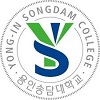
Yong-In Songdam College, Yongin-si
Prospective students should consider factors such as program curriculum, faculty expertise, industry connections, language of instruction, and campus facilities when selecting a program. It's advisable to visit official university websites and, if possible, attend open days or contact admissions offices for detailed information on application procedures and requirements.
Other Schools to Consider: